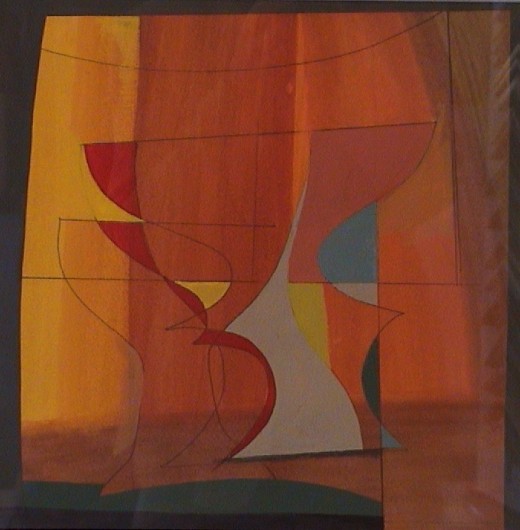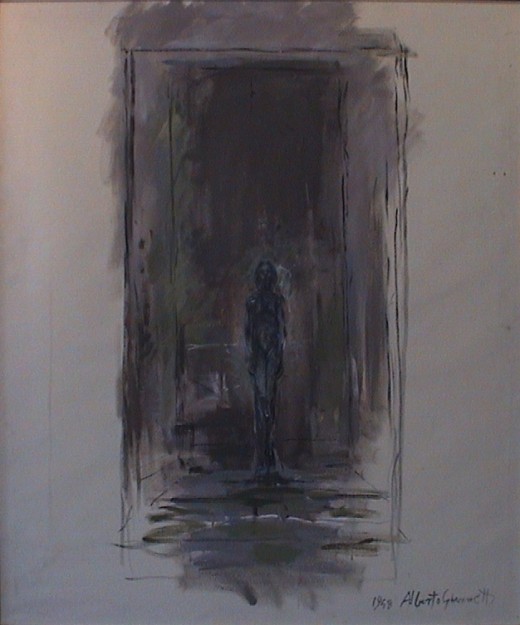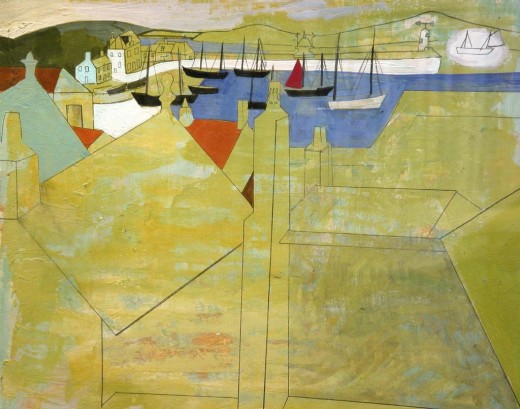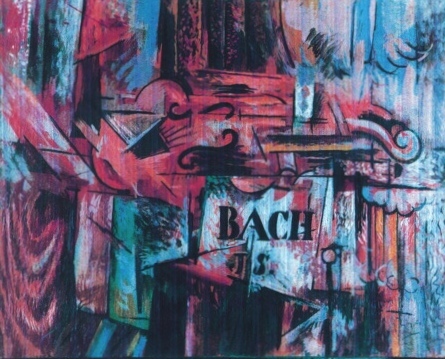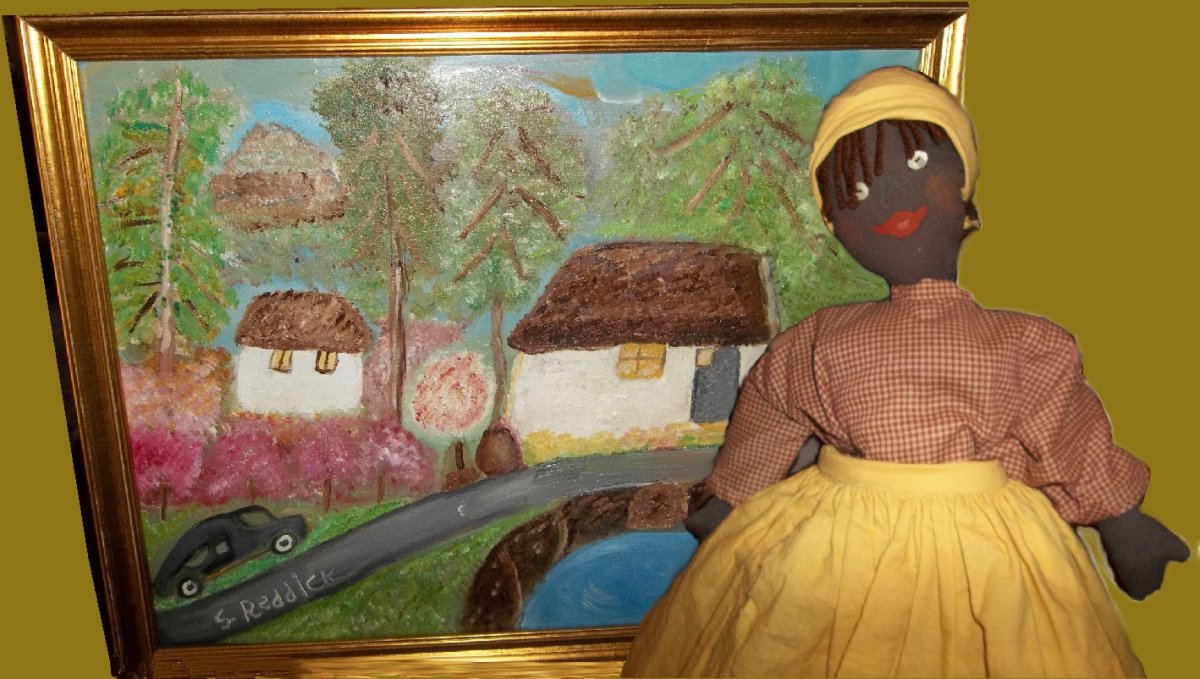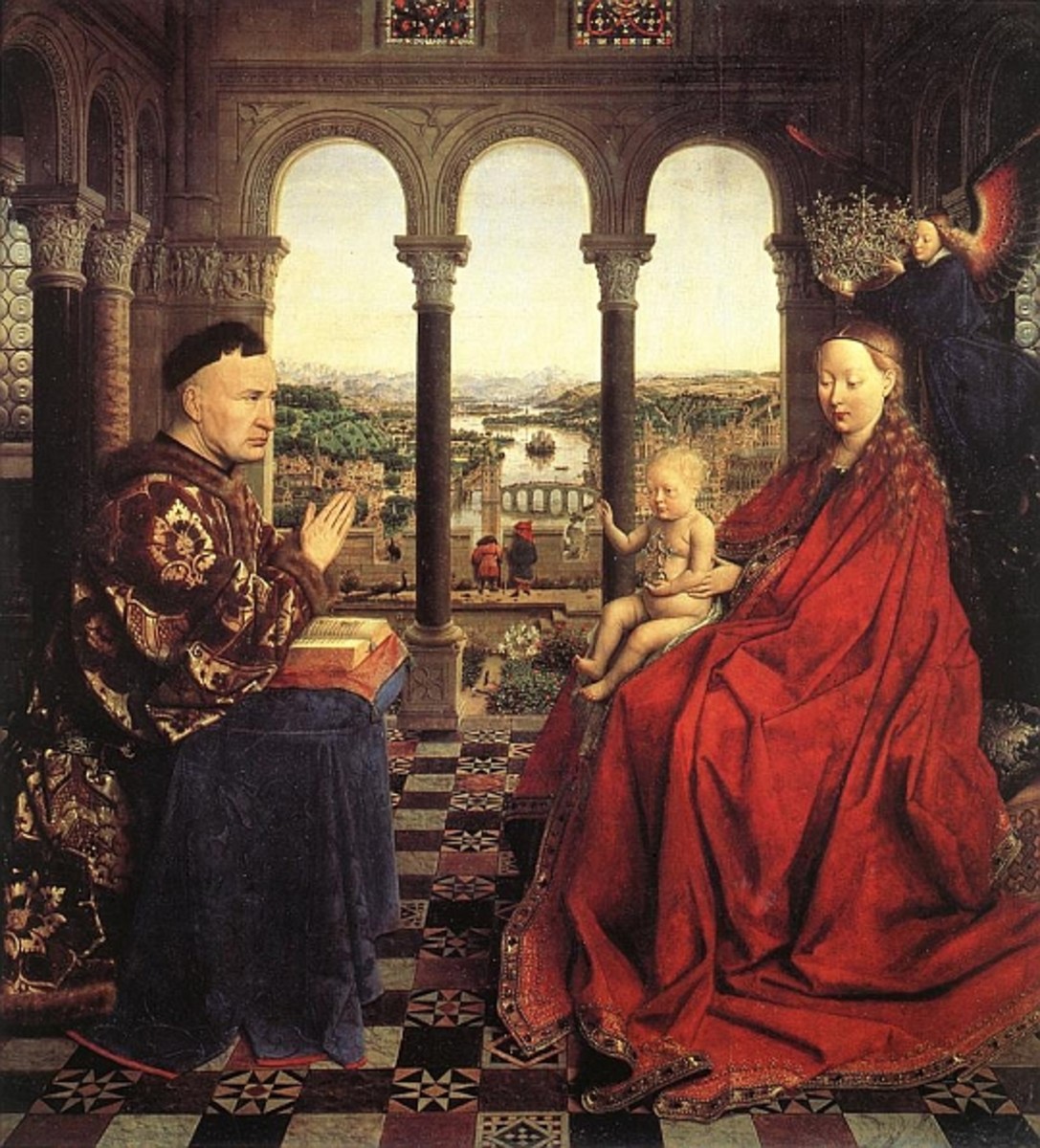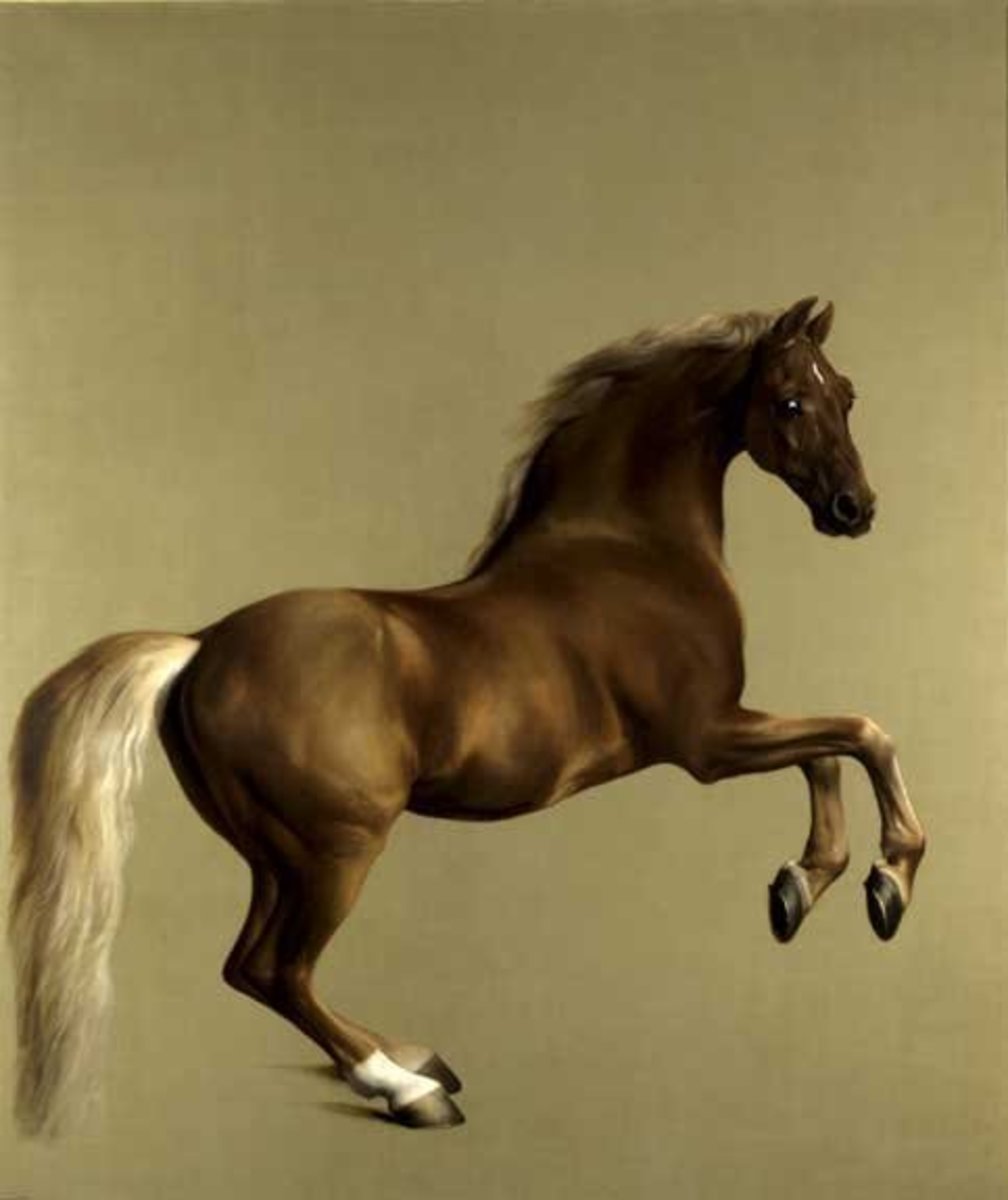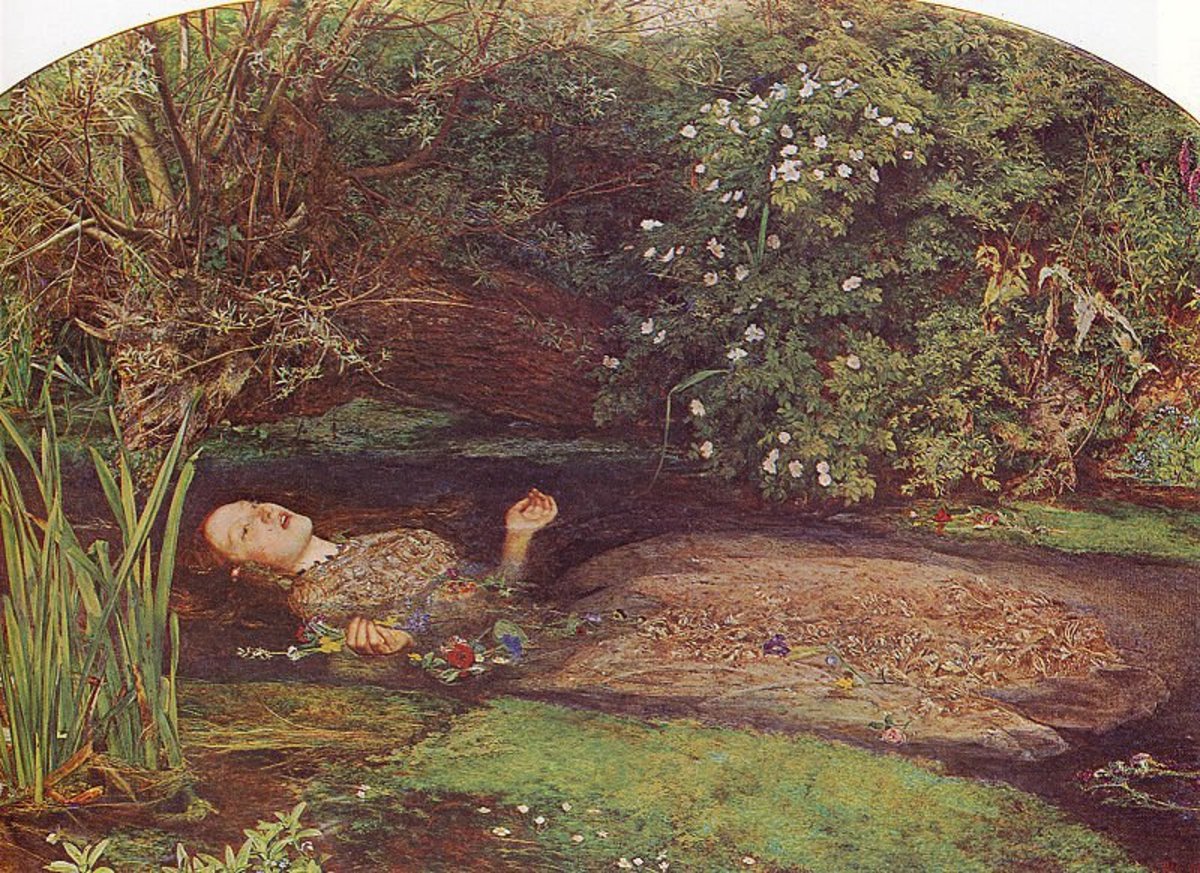Art Forge John Myatt and his Dubuffet Paintings
John Myatt strolled down King Street, London, dressed in a suit and tie. Nothing fancy, mind you, but certainly an improvement from his usual attire. His destination: the global headquarters of Christie's auction house, since 1823. Myatt was not a wealthy man and his purpose in attending this auction of contemporary art was not to place any bids. He was an artist, though not successful by any means, and art was in his blood. As any aspiring artist, Myatt had once dreamt large dreams of the future; the thing that set Myatt apart was that he had the talent to support those dreams. Surely Myatt reminisced while he sat in the rear of the Christie's salesroom: his thoughts wandered back down his life's winding course since those initial fleeting dreams. His reverie was suddenly broken by the starting bids. Numbered paddles jolted up at random points around the room as paintings were cycled through one-by-one.
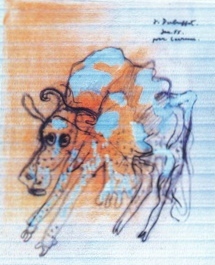
Finally the series which Myatt awaited was brought to the bidding stage. It consisted of several paintings by Jean Dubuffet, his artistic interpretations of a cow. To the casual observer, these paintings might seem strange, trivial, simple. But to the art world these paintings were accomplished, and they were poised to fetch a hefty price at Christie's that evening. Myatt sat rapt by the auction and by bidding's finish, he was stunned at the total price bid for the series. £60,000. Quietly, Myatt slipped out the back of the salesroom, carrying with him a secret which would have shattered the room he had just left. The Dubuffet paintings that had just sold for £60,000 were fake. Myatt had painted them himself.
A Fraud is Born
John Myatt basically stumbled into his role as a forge. He was not a seedy crook or a criminal mastermind; in fact, he was an upstanding citizen. His only problem was that he had fallen on hard times. As a child, he showed considerable artistic promise, at least enough promise to get him into art school. He did well enough but never found his niche. Several under-producing careers, two kids and a divorce later, he considered art once again. Myatt's idea began as he placed an add in a local magazine. During his schooling, Myatt had a knack for copying the masters. Any painting, any artist, he could find an empathetic way in which to "copy" their style: it was convincing too. With his life getting rough, Myatt decided that maybe he could put his talent to use and earn some money. Painting was, after all, what he loved.
It began well. Several customers commissioned his work and were happy with reproductions painted by Myatt. The future looked bright for the first time in a long while. The calls kept coming in, and one man even returned several times. His name was Dr. John Drewe. On one of his return trips, Mr. Drewe admitted that a set of paintings he had ordered for his girlfriend were gifted under a false pretense. Drewe told his girlfriend that he'd purchased the paintings at an auction; they were authentic paintings, he said. Myatt, unwilling to tattle on his best customer, went along with the ruse. Humble beginnings compared to what the partnership would eventually become.
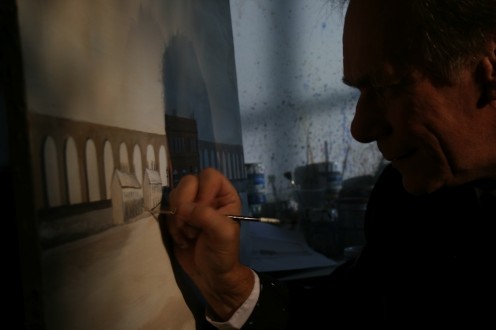
The Partnership Grows
Money. Money was the hook that Drewe used to haul Myatt deeper into the fraud. Drewe told Myatt that he was a physicist, that he worked for the government: he had connections. Myatt just needed the money. He had recently divorced and faced the prospect of raising two children alone, with a meager income and a rundown farmhouse. To Myatt, Drewe was the future.
Myatt kept telling himself that he'd not yet even committed a crime. He was just painting pictures. He never claimed them to be originals. Drewe, however had a more sinister plan in mind. As a rapport was slowly built between the two and as money changed hands in larger quantities, more paintings began to reach the market. The two men began a routine that would endure intact for most of the next nine years. Every six weeks, roughly, Myatt would trek from his rural Staffordshire village farmhouse to London, painting in tow, and exchange his latest masterpiece for a cash-filled envelope. Life was good, thought Myatt; painting was his love and he was finally making a decent living by it. He just had to ignore the nagging thought in the back of his mind: what if someone discovers that the whole operation is a farce?

Rewriting History
As he learned more about the inner working of the art world, Dr. John Drewe concocted a method by which to keep people from discovering the ruse. It all hinged on what artists, dealers and collectors refer to as provenance. Provenance is the sum of any physical evidence used to prove an artworks authenticity. This evidence can include letters by the original artist, bills of sale, art show catalogs, or museum archive materials. Any evidence attached to a particular artwork lends credence to the authenticity of that artwork. The provenance is often times the deciding factor in a decision to buy a given piece, and it has a large influence on the price paid for the artwork.
Drewe cut to the heart of the art world by hatching a plot to infiltrate archives and historical records. By smooth talking the gallery officials and donating cash, Drewe weasled his way into the archives of the Institute of Contemporary Arts as well as the Tate Gallery, two of the most prestigious contemporary art establishments in the world.
The genius of Drewe's plan was that many people did not think to check the original documentation, but rather trusted in his "photocopied" documents. The copies were actually pasted conglomerations of documents that Drewe stole from the archives, but he made facsimile copies of several archive and gallery stamps. The gallery stamps on the fake provenance documents were enough to satisfy most customers. Through this con, Drewe was able to get over 200 forged paintings into the European, Asian, and American art markets.




The Game is Afoot!
It was probably easy for the duo to fool a few people with a few paintings. They got greedy; to be fair, Drewe got greedy. Myatt grew to see the folly of the endeavor and after his undercover trip to Christie's he began to question his involvement in the fraud. It didn't help that Drewe had been acting strange, flying into rages unprovoked, rambling on about crazy conspiracy theories. Drewe was beginning to scare Myatt, and Myatt wanted out; so he got out.
Months passed. Myatt missed the money, as anyone would, but he finally was at peace with himself. He didn't miss the continual nagging in his mind or the worries that someone would find him out. Things were beginning to look up again, until the knock on the door. We can all relate to the feeling: knowing that you've been discovered. Myatt felt it that morning and the policeman at the door proved him right. Myatt's first words: "I've been waiting for you." They searched his entire house and found reams of evidence to be used against him. Myatt cooperated though; he had nothing to lose now. He even turned in the money he had left from the fraud. The evidence found in Myatt's rural farmhouse would put the 20th century's greatest forge behind bars.
Painting Behind Bars
Due in large part to the diligence of a few savvy collectors and the Arts and Antiquities Squad at New Scotland Yard, Drewe was tracked down and eventually arrested. What they discovered was astonishing. Dr. John Drewe was not and had never been a physicist or a government official. In fact, he had never even finished high school. Drewe was a natural con-man with a penchant for deception. The more prestigious the organization, the more satisfaction Drewe got from duping them.
Through lies, flattery, deceipt, and forgery, Drewe turned Myatt's talented paintings into a £1.8 million operation. Myatt only received £100,000 over nine years, a fact revealing of the true mastermind behind the fraud. Following a protracted and public trial, Drewe was sentenced to 6 years in prison, Myatt to only one. Justice had been served.
Regardless of justice, though, the art world had been irreparably tainted. Several of the world's finest art archives had been compromised, doubt cast on their reliability. The prestigious auctioneers had been deceived and in turn sold fake artwork to numerous bidders. I leave you with the most telling evidence of the fraud's far-flung influence. At last tally, over 100 of Myatt's forgeries are still out there. Maybe they are the prized possessions of an unsuspecting collector or maybe they are viewed by millions of people per year in a museum or gallery somewhere on earth. Only John Myatt knows which are his and which are genuine.

